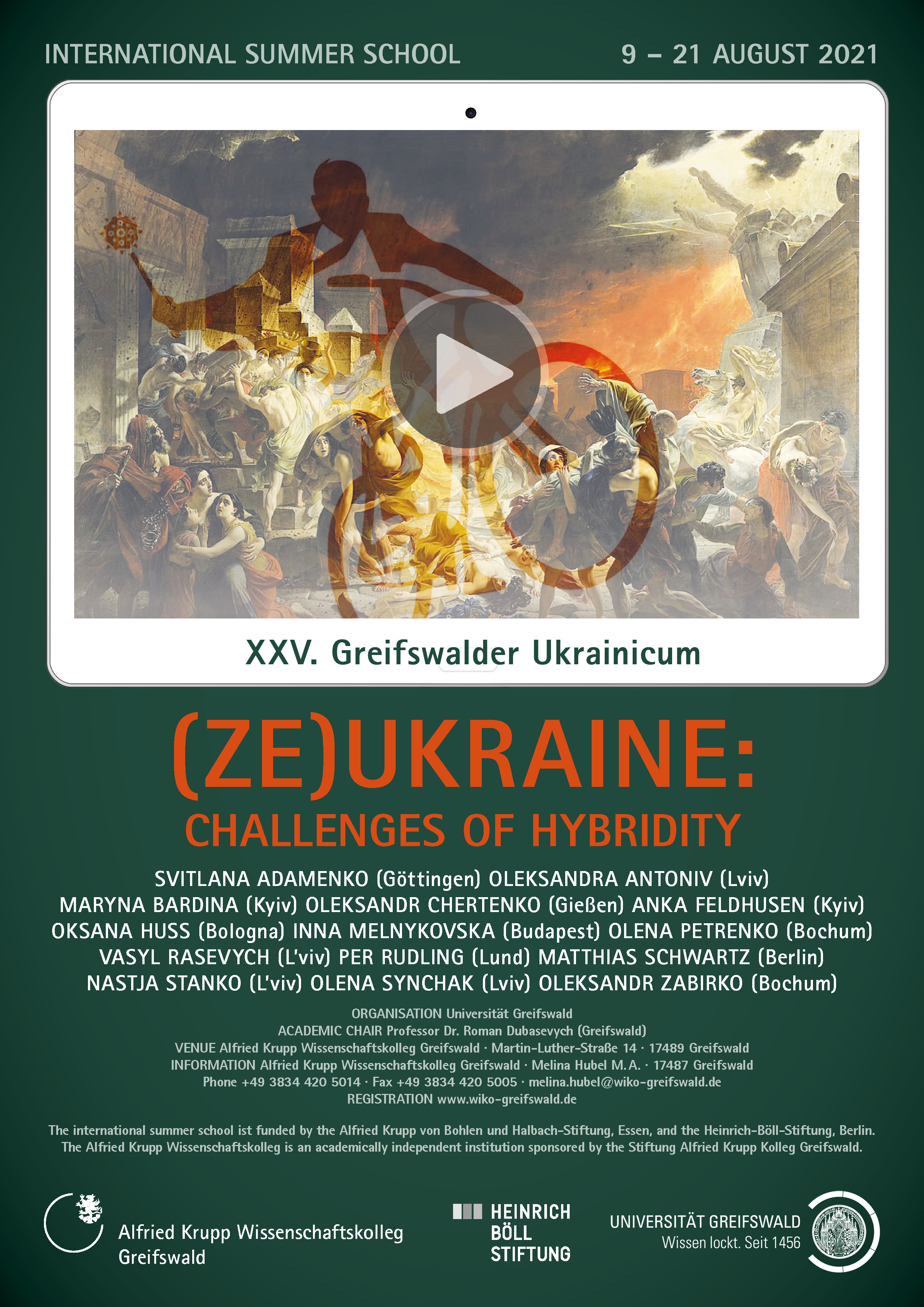Olena Petrenko and Oleksand Zabirko focus on the social and cultural characteristics of sugar beet, stone coal, and the corresponding modes of industrial production. In research literature, natural resources are often associated with particular models of social order and political domination: for example, the cotton production is firmly connected with slavery (e.g. in the American South), while cultivation of grain is often associated with serfdom (e.g. in the Tsarist Empire). Similarly, coal and sugar can be analysed as culture-forming phenomena, which make Ukrainian regions visible, but which arguably anticipate the regional divisions of the country in the Soviet and post-Soviet times.
Being stripped of any political autonomy, in the 19th century Ukraine actively resisted the literary cliché of an underdeveloped southern province of Russian Empire. Particularly since the early 1860s the country experienced an intensive phase of industrialization and modernization, which was mainly connected with two natural resources: sugar beet and stone coal. Both of them profoundly shaped Ukrainian culture, politics, and knowledge structures by introducing modern technologies, investment models, and the new forms of labor organization, thus effectively counter-balancing the established images of Ukraine as rural backwater.
Peasants, merchants and nobles alike were involved in sugar production as well as in coal and steel industry: the natural resources encouraged them to cross social borders and turned them to a new social stratum with its own perceptions of norms and values. With this regional industrialization (to use Sydney Pollard’s term) the economic interests shift from imperial center to the periphery, strengthening both the role of local elites and fostering massive population growth and mobility.
In our presentation we focus on the social and cultural characteristics of sugar beet, stone coal, and the corresponding modes of industrial production. In research literature, resources are often associated with particular models of social order and political domination: for example, the cotton production is firmly connected with slavery (e.g. in the American South), while cultivation of grain is often associated with serfdom (e.g. in the Tsarist Empire). Similarly, in our presentation, we view coal and sugar as culture-forming phenomena, which make Ukrainian regions visible, but which arguably anticipate the regional divisions of the country in the Soviet and post-Soviet times.
Oleksandr Zabirko studied Literature and Linguistics at the University of Luhansk (Ukraine) and the University of Duisburg-Essen (Germany). Currently, he is a researcher at the Slavic Department of the University of Regensburg. His major fields of research are literary models of spatial and political order, contemporary literature(s) from Russia and Ukraine, and fantastic literature in general. His most recent publication is a monograh "Literarische Formen der Geopolitik: Raum- und Ordnungsmodellierung in der russischen und ukrainischen Gegenwartsliteratur" (Literary Forms of Geopolitcs: The Modelling of Spatial and Political Order in Contemporary Russian and Ukrainian Literature).
Moderation: Roman Dubasevych
-------
Organizational information on the digital lecture
The Alfried Krupp Wissenschaftskolleg is offering this event live as a zoom meeting, in which viewers can also take part in the subsequent discussion with video contributions.
- We would be delighted if you gave your real name when dialing into Zoom. Of course, you can also take part in the event under a pseudonym.
- A list of all participants is available to all those involved during the entire event.
- During the lecture, the microphones of the audience are all automatically muted so as not to generate any disturbing background noise. You can turn on the audience's camera during the lecture.
- In the discussion that follows, requests to speak or questions can be displayed using the "Raise hand" function. You can find these - depending on the device - under the button "Participant", "More" or "Reactions" in Zoom. You can also lower your hand again if you want to withdraw the question.
- The moderator keeps a speech list and gives the floor in the order of the messages. If the moderator asks you to bring your question or request to speak, the user interface will ask you to turn on your microphone. If you have not already done so, you are welcome to turn on your camera. This is particularly desirable when presenting longer requests to speak so that the presenter can also see who is asking the question or who is making the comment.
- Of course, you also have the option of asking your questions in writing in the chat.
-------
-------

